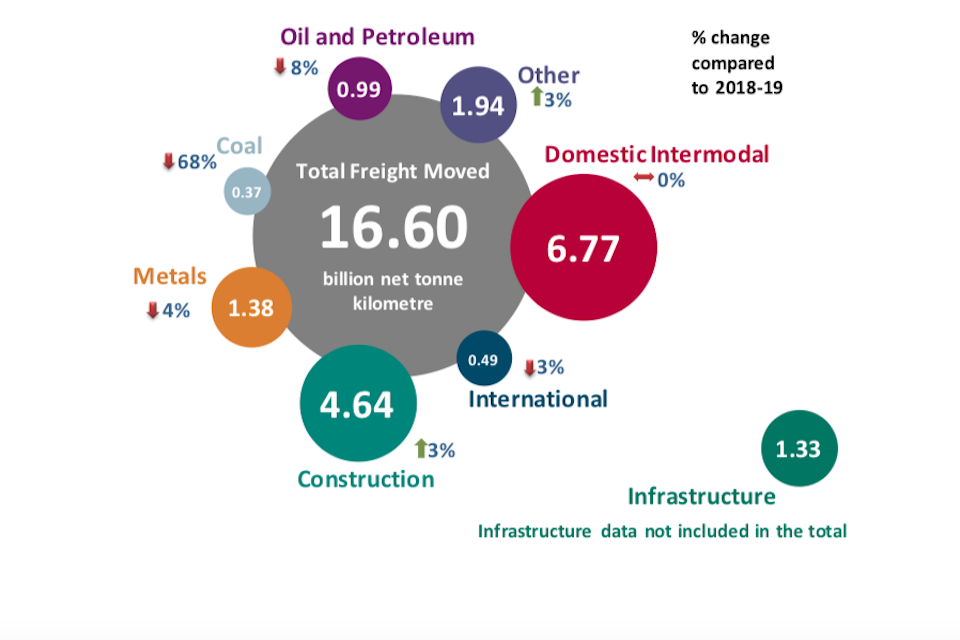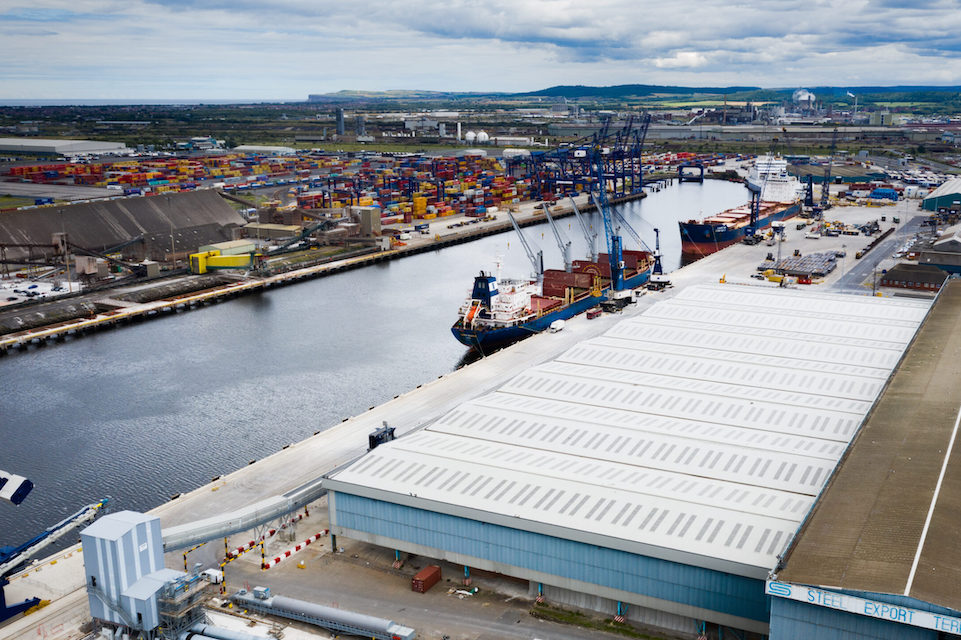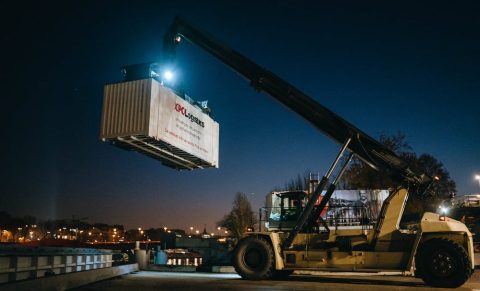UK’s intermodal terminals on the rise

The UK has a bouquet of intermodal terminals about to blossom. From Scotland to London, several projects are in either planning, development or nearing commissioning. Modal shift to rail is welcomed by environmental policy makers, but not every community is rolling out the red carpet.
Intermodal freight distribution is growing in the UK. Since the collapse of coal traffic, it has been the single biggest commodity moved by rail, accounting for 41 per cent of all tonne-kilometres. With more boxes on the move, there is increasing demand for more transhipment locations, and rail developments are leading the way.
Glasgow nears commissioning
Supporting modal shift and economic development in Central Scotland, the Mossend International Railfreight Park is due to enter service later this year. The four new 775m sidings will more than double capacity at the existing site, located just off the West Coast Main Line. “The electrified railhead will put Mossend at the forefront of Scotland’s low carbon freight industry”, says a statement from the operators PD Stirling.

Despite the significant expansion, a new access road, funded in collaboration with the Scottish government, will take onward distribution away from local community. Twenty hectares of green space screening also helps keep neighbourhood relations cordial.
St Albans opposition
Not so friendly are relations between developers and the community in the abbey town of St Albans, Buckinghamshire, just north of London. Despite an acrimonious appeal case ending in favour of a new rail connected distribution park.
The former military airfield at Radlett has seen almost as much combat action since it was identified as the site of a strategically important rail freight terminal. Community, local authority and parliamentary opposition were all overturned on the grounds of national interest. However, work has yet to start and opposition voices continue to be heard.
Port Salford funding
Situated roughly midway between Glasgow and St Albans, the long awaited rail connection to Port Salford, a distribution and industrial park on the Manchester Ship Canal, moved a step closer with the project listed among seven works to benefit from a funding scheme around the region. Although quite common on continental Europe, Port Salford claims to be the first UK ‘tri-modal’ facility, combining waterway, road and soon rail transport options.
The facility will serve, in part, the edge of the huge Trafford Park industrial area, and bring much needed employment to Salford, a part of Greater Manchester that has struggled for decades to recover from the loss of heavy industry. The developers, Peel Group, emphasise the environmental credentials, not least in the use of inland canal shipping as part of a bigger ‘Atlantic Gateway’ project based on the port facilities of Liverpool.
Teesport adds to bulk handling
Away from boxed up cargo, there is also government support for redevelopment on the other side of the country, at Teesport. Just last week, minister of state for regional growth and local government, Simon Clarke MP, performed a virtual ceremony of a multi-million pound bulks handling facility at Teesport, on the East Coast, marking an important milestone in the revival of the Tees Valley.

PD Ports, the owners, have already invested significantly in the regeneration project, which has extensive intermodal capabilities already. This new bulk terminal adds around 28000 square metres of rail accessible dry store, primarily for domestic exports. Most importantly for the area, say the developers, the investment has created 44 new jobs on Teesside, and builds on the one billion British pounds (1.1 billion euros) of investment PD Ports has attracted to the region over the last decade.
Northamptonshire building on success
The already established Daventry International Rail Freight Terminal (DIRFT), between Birmingham and London, is the subject of much excitement in the construction industry. Works are underway to lay huge new concrete slabs as part of a container park and terminal extension with five new 800-metre sidings. The extension will also require nine kilometres of new rail alignment, and three new bridges, according to the civil engineers, Winvic Construction. 24 trains a day could use the terminal, they say.
Alleviating the need for extensive switching points and a head shunt, an impressive new rail traverser is also part of the works. However, its ground-level profile will not make it as much of a landmark as the multiple radio transmission towers that formerly occupied the site. Uniquely among the projects reported here, DIRFT is not making peace with the neighbours before construction. The terminal is actually actively involved in bringing neighbours to the site. A whole new town of over 6000 households, named Houlton, is under construction, with some homes already occupied. Absolutely no one is allowed to describe the houses on offer in terms of TEU of available living space.
You just read one of our premium articles free of charge
Want full access? Take advantage of our exclusive offer





Simon, St Albans is in Hertfordshire